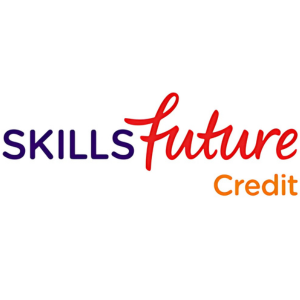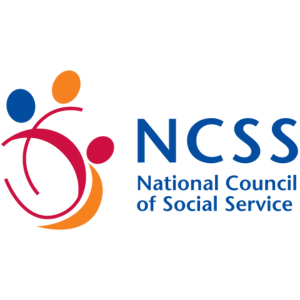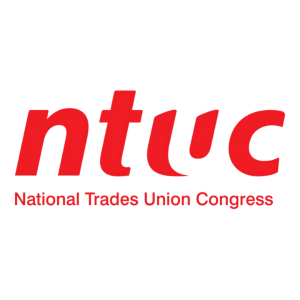Currently Empty: SGD $0.00
Supporting Students with Dyslexia and Language Difficulties
This course provides an overview of the structured literacy approach and the recommended teaching strategies to support dyslexic students and students with language-related learning disabilities
- Ruth Chew
- Children and Youth, Special Needs

Prefer to learn at your own time?
Try our e-Course.
- Course Overview
This course provides an overview of the structured literacy approach and the recommended teaching strategies to support dyslexic students and students with language-related learning disabilities in both the classroom and small group (or one-to-one) settings. Participants will learn how to adapt instructional strategies and materials to help students learn more effectively in the areas of reading, writing and spelling. Importantly, participants will also examine the social and behavioural impacts affecting students.
Part A provides a broad understanding of dyslexia and language-related learning difficulties. Case studies will be discussed to understand the social and emotional impact that dyslexia has on the students. Part B discusses differentiated instruction and classroom strategies. Part C teaches phonemic awareness and reading strategies for early/struggling readers. Part D discusses strategies to improve reading comprehension and fluency. Part E teaches spelling and writing. In Part F, case studies are used to help participants make sense and integrate what they learned in their workplace or homes.
This course is distinctively comprehensive in three aspects:
Firstly, the range of intervention strategies covered in this course is comprehensive. Participants will learn a spectrum of interventions from effective teaching strategies to well-known evidence-based interventions like the Orton-Gillingham Approach and the Lindamood-Bell method. As the targeted areas of intervention can vary based on the presenting profile and age of the student, the course covers a diverse range of strategies for different groups of students.
Secondly, the course will also cover teaching strategies and differentiated instruction so that teachers will learn how to best support these students in the classroom.
Lastly, the socio-emotional impact on the students using real case studies.
After this workshop, participants will be able to use an individualised and eclectic approach that instructs their
Course Duration: 1 Day
- What Others Say?
- Course Topics
Part A: Understanding Dyslexia and Language Difficulties and the Socio-emotional impact on students
- What is Dyslexia?
- Differences between Typical and Dyslexic Reader
- Causes and Prevalence of Learning Disabilities
- Characteristics of Students with Dyslexia and Language Difficulties
- Importance of Structured Literacy
- Case studies examining how dyslexia affects the social, emotional and behavioural aspects of students
Part B: Differentiated Instruction and Classroom Strategies
- Direct instruction and Explicit Teaching
- Adapting Instructional Strategies and Materials
- Teaching Language Skills: Grammar and Vocabulary
- Planning and Organisational Strategies for Writing
Part C: Early/Struggling Readers: Teaching Phonemic Awareness and Reading
- Visual, Auditory and Blending Drills
- Introducing New Phonogram
- Using Decodable Readers
- Non-Phonetic Red Words
Part D: Strategies to Improve Reading Comprehension and Fluency
- Reciprocal Teaching
- Concept Imagery and Visualization Skills to improve Reading Comprehension
- Teaching Higher-Level Language Skills: Knowledge of Text Structure, Inference-Making, Comprehension Monitoring
Part E: How to Teach Spelling and Writing
- Teaching Spelling & Dictation
- Spelling Patterns and Rules
- Teaching Prefixes, Suffixes and Root Words
- Error Correction for Spelling and Writing
Part F: Case Studies
- Application of strategies learned in this course
- Trainer Profile

Ruth Chew
Ruth has a Master’s degree in Psychology from the University of Glasgow and a Postgraduate Certificate in Psychology and Neuroscience from King’s College London. Ruth currently works as an educational therapist and specialist tutor, providing learning support for students with Dyslexia, ADHD, ADD and Language Processing Disorder. She has worked in the education industry for many years, and has extensive experience teaching and working with students with learning disabilities. Ruth has painstakingly compiled the strategies that she has found most useful and effective into a framework that can be used with students of varying ages and abilities.
Available Funding
- Target Audience
The audience will find these following topics directly useful and applicable to their work:
- Mainstream school teachers: Parts A, B, D, E, F
- Allied Educators in schools: Part A, C (if dealing with younger students), D, E, F
- Educational Therapists: A, B, C, D, E, F
- Persons leading reading programmes in social service agencies: A, C, D, E, F
- Parents: A, C, D, E, F
This also means that those parts that are not directly relevant to the specific audience group will serve to spur such participants to extend their service beyond their current comfort zone. For instance, mainstream school teachers will be challenged to learn about more specialised intervention skills that are usually conducted in learning support or educational therapy sessions.



